How to Get Rid of Mold in Toilet | Causes & Solutions
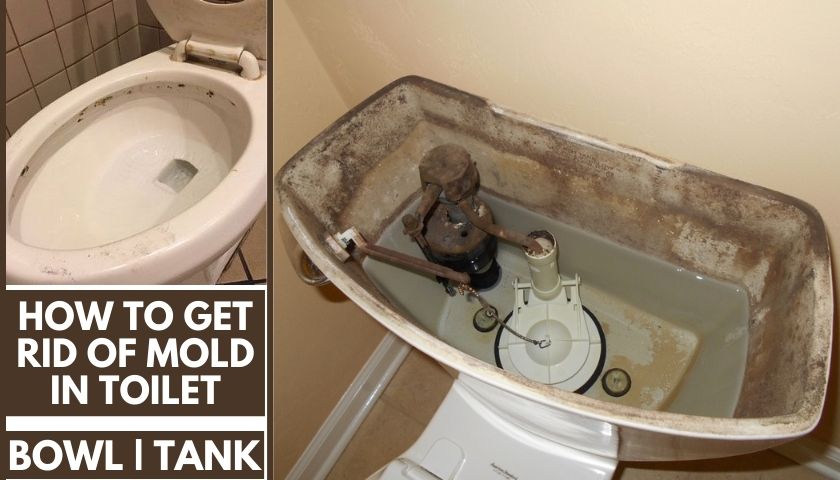
As an Amazon Associate I earn from qualifying purchases.
Mold in the toilet is a common issue for almost all of us. The main reasons for mold growth are moisture, humidity, and others. And when it comes to the toilet, it has all the above in common. Starting from the toilet tank to the toilet bowl, mold and mildew can grow anywhere, endangering you and your family’s health. There are various kinds of mold but no matter the type, they are harmful to human health as well as the indoor environment.
It is important to remove mold in the toilet as soon as you discover it. Because the longer it gets, the mold grows more and worsens the situation. In this article, we’re going to clean mold off both the toilet bowl and the toilet tank. Let’s take a look at what causes mold in the first place and how to get rid of it for good.
Contents
What Causes Mold in Toilet Bowl
Mold or any type of fungus grows in places with high humidity and moisture. Mold spores are always floating around beyond our sight. Wherever they find food sources or moisturized surfaces with good temperature, they sit on and spread. The bathroom is the number one source of moisture in any household. You’ve got the basin, the shower, the toilet, and its sink to generate moisture with frequent use of water. Moreover, because the place is small, the vapor can’t get out after use and the humidity gets high.
Human waste also helps generate mildew in the toilet bowl. Stagnant water in the toilet for a long time can create mold as well.
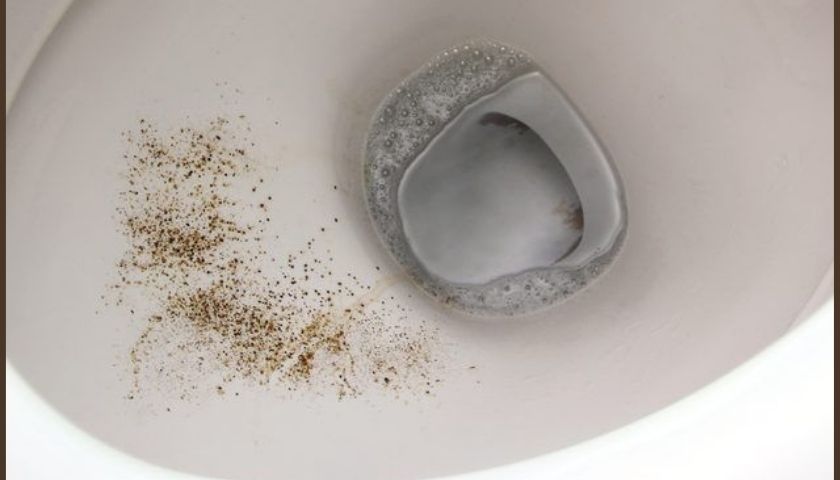
How to Get Rid of Mold in Toilet Bowl
Things you need:
- Disposable gloves
- Respirator
- Spray bottle
- Vinegar
- Bleach
- Toilet brush
- Old towel or rag
Step 1: First thing’s first, always wear gloves when you are dealing with the toilet. Once you’re ready, take a bottle of undiluted vinegar and put it in a spray bottle. Thoroughly spray the vinegar inside the toilet bowl and make sure you get every corner. Concentrate your spraying more on the mold-affected areas.
Step 2: Leave the vinegar to work for 20-30 minutes. It will loosen the mold structure, making it easier to remove. Then flush the toilet to clean off. Repeat the process if necessary.
Step 3: In this step, we’re going to use bleach. Bleach is a potent disinfectant and it can generate toxic fumes, so you’ll need to wear a respirator. Once you’re ready with gloves and mask, create a solution using 1 cup of bleach and a gallon of water. Mix them thoroughly to create a formula. Using a rag, apply the solution inside the whole toilet bowl carefully. Let it sit for around 15 minutes.
Step 4: Afterwards, use the toilet brush to scrub down the bleach and clean the bowl completely. Since you can’t apply a solution to remove mold in the toilet bowl below the water line, make sure to reach there as well. Bleach will remove and kill any remaining fungus there is and leave the toilet clean. Once you’re done, flush the toilet 2-3 times.
Warning: Never mix any cleaning products with bleach, especially not Ammonia. It will create a toxic gas that’s seriously harmful to you.
Related post: How to clean toilet bowl stains
How to Prevent Mold in Toilet Bowl
We’ve learned how to remove mold in the toilet, now it’s time to make sure those things don’t grow up again. The primary requisite is to clean the toilet regularly. Flush after every time you use the toilet, clean it regularly, and use vinegar or other disinfectants to clean it once a month.
You can also keep your bathroom dry as much as possible to reduce moisturization. Keep the door open for a while every time you take a shower to reduce the chance of high humidity. Remove mold in the bathroom ceiling if they appear, as well as check for mold outbreak in the shower. Finally, keep your entire house clean as much as possible.
How to Remove Mold in Toilet Tank
Mold in the toilet tank is another common occurrence, if not more common than the toilet bowl. Since the tank is always filled with water, there’s a good chance of generating fungus inside. Especially black mold, which is toxic and the most harmful, grows inside a toilet tank.
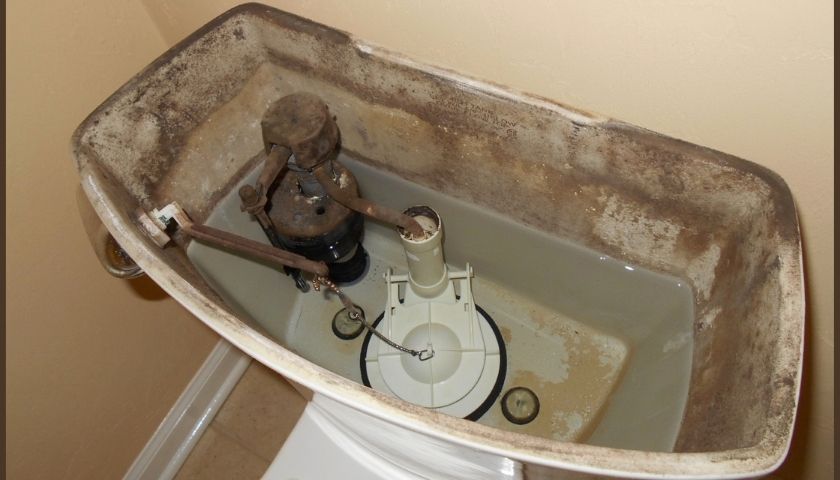
What Causes Mold in Toilet Tank
Mold and mildew thrive in dark, moisturized, and humid areas. The toilet tank holds all three of the criteria, which is why a tank is a natural place for fungus.
The tank behind your toilet seat is always filled with water which makes it ideal for mold growth. Moisture is constant in this case, as well as high humidity due to the closed tank. While the water does run and change every once in a while, it’s not enough to break up or ruin fungus parties inside. And if you don’t flush the toilet after each use and regularly, mold can easily grow inside the toilet tank.
How to Get Rid of Mold in Toilet Tank
It is important to check regularly and remove black mold in the toilet tank as soon as you’ve seen it. Even before tending to the toilet bowl, you should clean the tank first so that mold spores don’t reach the toilet with a flush.
You will need:
- Disposable gloves
- Scrub brush
- Vinegar
Step 1: As always, wear gloves when you are about to clean the toilet. Take a bottle of distilled vinegar and pour it into the tank. Leave it for about 20 minutes, as the vinegar loosens and destroys the mold spores inside the tank.
Step 2: Flush the toilet after 20 minutes. Then pour vinegar again into the tank and leave for 10-12 minutes. Look for the remaining fungus on the tank’s sides, bottom, and valves.
Step 3: Afterwards, use a scrub brush to scrape off and kill black mold inside the tank. Be very careful because you might damage the tank surface and the valves. Once you’re finished, flush the toilet a few times. Repeat the process if necessary.
Warning: Avoid using bleach to clean the toilet tank. As bleach is corrosive, it has the potential to damage the tank valves and other parts.
How to Prevent Mold in Toilet Tank
After the guide on how to get rid of mold in a toilet tank, comes the prevention part. Yes, you want to take steps to make sure mold doesn’t just generate again inside the place you just cleaned. The first thing you should do is, remember to flush the toilet every time after use, as well as regularly on a daily basis.
You should also clean the toilet tank once in a while to prevent the fungus from growing inside. Just remember to be careful while cleaning it to avoid any damage.
FAQ – Frequently Asked Questions
Is toilet mold dangerous?
Yes. The toilet is the ideal place for bacteria and therefore, mold and mildew growth. Mold, especially black mold can cause serious effects on human health.
How do I stop mold in my toilet?
Use vinegar and bleach with our effective guidelines to remove and stop mold in the toilet bowl and toilet tank.
Can diabetes cause mold in the toilet?
Diabetic people produce urine that is rich in sugar. Sugar, unlike some other food sources, is ideal for mold growth. So, in a way, diabetes can slightly be responsible for mold in the toilet bowl.
Final Words
Mold in the toilet is not only unsightly but also unhealthy for you and your family. It can create various symptoms and cause respiratory diseases if not treated correctly. Follow our mold cleaning tips to get rid of the toilet bowl and tank mold, and keep your indoors hygienic and healthy.
As an Amazon Associate I earn from qualifying purchases.




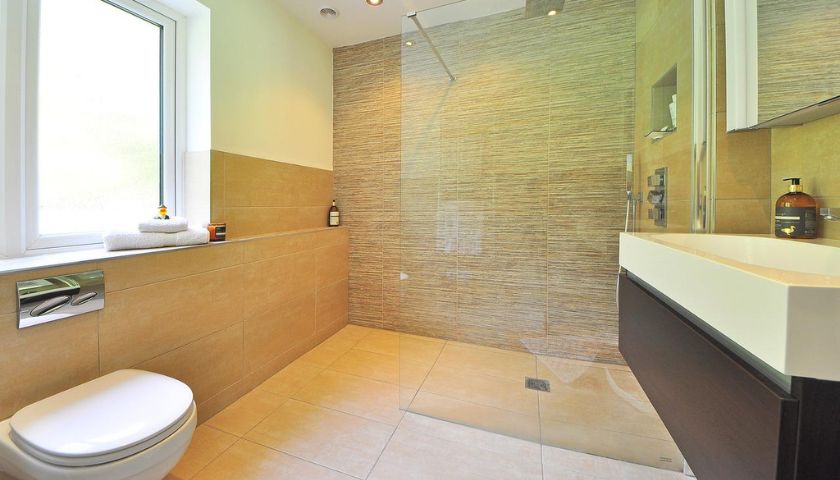
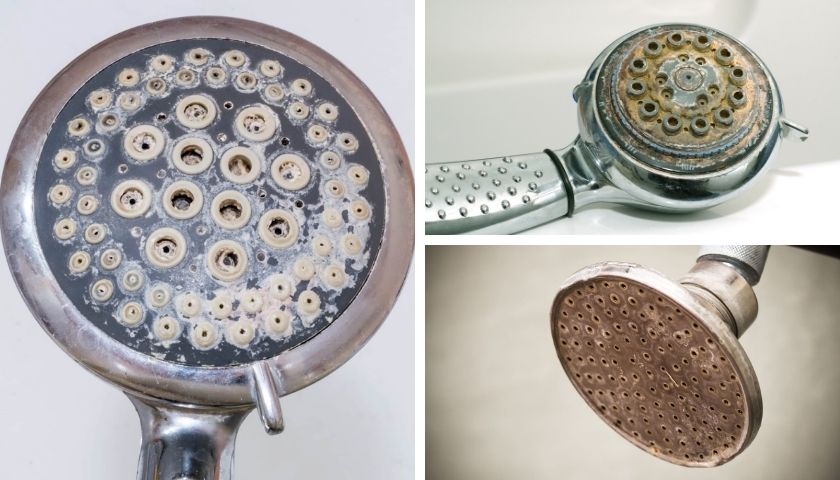
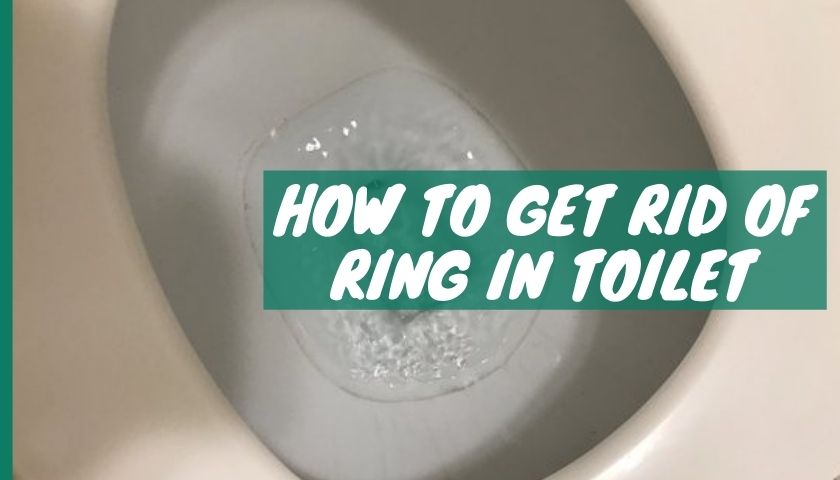


[…] Recommended post: How to remove mold in a toilet bowl […]
[…] Read next: How to get rid of mold in a toilet tank […]
[…] various sections of your house. It can be your kitchen, bathrooms, basement, around your shower or toilet, or on a corner of your house walls. It usually has a black-greenish color and looks like clustered […]
[…] Related post: How to get rid of mold in toilet […]